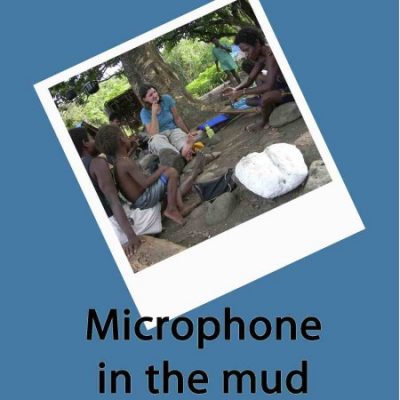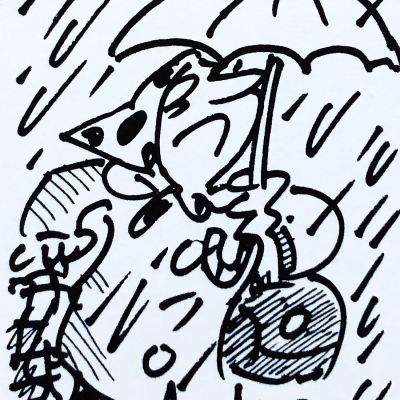Eli Fischer-Jørgensen (1911-2010)
Lingoblog continues to provide you with suggestions for your summer readings on various linguistic topics. This week we have found a biography of language researcher Eli Fischer-Jørgensen (1911-2010).
In January 1999, a few years after I had moved to Denmark, I was astounded to come across an interview in the Danish weekly Weekendavisen with the renowned Danish phonetician Eli Fischer- Jørgensen (henceforth EFJ) and marveled: She is still alive! Having made her name in publications as early as the first half of the past century, in the interview EFJ still appeared intellectually unabated, and full of new writing plans yet. She even remarked that she hoped soon to finish a major work on a special liturgic form of Danish!
In … ↪







